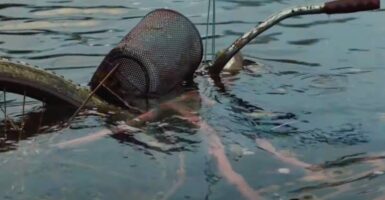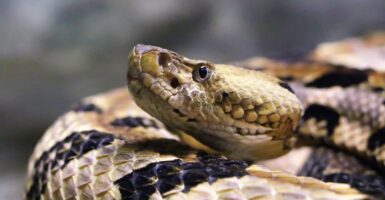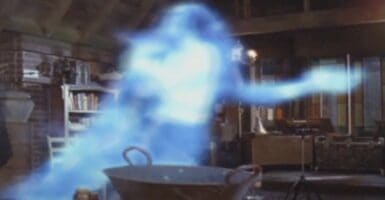What Are The Togruta In Star Wars? Ahsoka Tano’s Species Explained
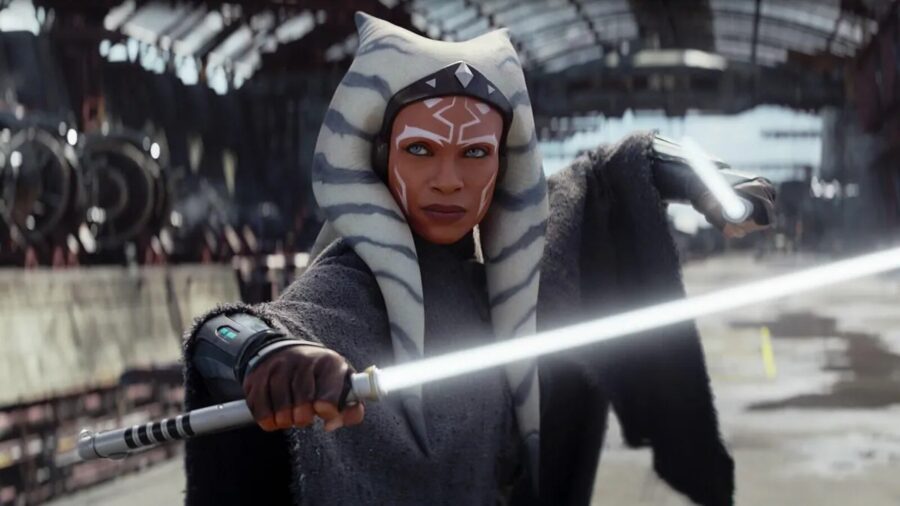
Now that Ahsoka Tano has her own Star Wars spinoff on Disney+, more and more fans of a galaxy far, far away are learning more about this awesome character. However, unless you’ve got access to a Holocron or a dead Jedi Force ghost, it’s difficult to get info about the Togruta, her particular species. If you’d like enough info to fill the Jedi archives, then you’re in luck: here’s everything you need to know about Ahsoka Tano’s species.
Ahsoka is obviously different from other Togruta thanks to her Force powers and sense of galactic responsibility, and some of the customs and cultures of her people might surprise you.
You’ve probably figured out many of the Togruta’s physical details simply by looking at Ahsoka: for example, this species has two large cones on their heads and three head tails that hang down. Obviously, Ahsoka has access to the Force, and this gives her abilities that most Togruta don’t have. Interestingly, though, the average member of this species has an ability that most others can’t replicate without technology, and that’s echolocation: using the horns on top of their head, Togruta can sense objects up to 82 feet around them.
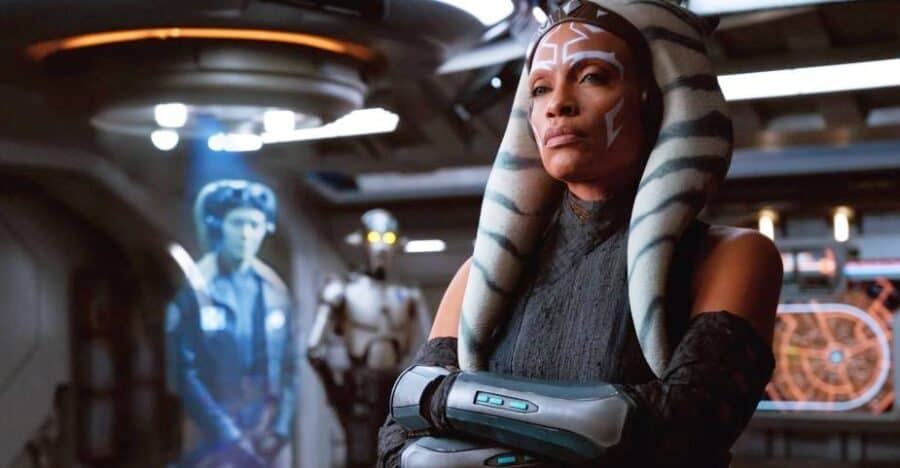
Ahsoka also has a notably orange skin coloration, but this isn’t necessarily the same for all members of her species. Other Togruta may have skin that is yellow, red, white, or more…it may seem exotic to audiences watching Ahsoka’s adventures from home, but this adventurous skin coloration is an evolved trait that helped protect these aliens from predators back home.
Like many of the aliens in Star Wars, though, “home” is a relative concept for Ahsoka and the rest of the Togruta. For example, the species originates on the planet Shili, but about 50,000 of these aliens moved to the planet Kiros (which, like their homeworld, is located in the Expansion Region). Members of this species have traveled all around the galaxy in a variety of roles, making them a common sight for seasoned spacers.
Unlike Ahsoka, the average Togruta spends most of their time focused on things like art, culture, and beauty.
Ahsoka is obviously different from other Togruta thanks to her Force powers and sense of galactic responsibility, and some of the customs and cultures of her people might surprise you. For example, many Togruta avoid wearing shoes back home as a way of staying connected to the sacred ground of their homeworld. And like your crazy ex-, many Togruta are interested in things like Zodiac signs and melodramatic videos (they actually specialize in producing such vids).
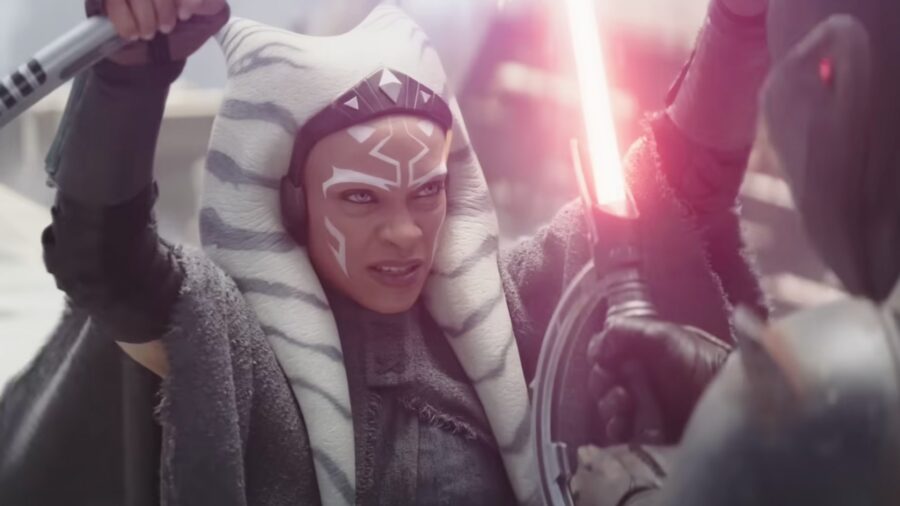
Unlike Ahsoka, the average Togruta spends most of their time focused on things like art, culture, and beauty. In this, the planet bears some surface resemblance to Leia Organ’s homeworld of Alderaan, and those similarities continue when it comes to planetary defense. For example, the Togruta have a government that can be ruled by a monarchy (a queen, in their case), and they also have Alderaan-like features such as a robust defense fleet and a royal court filled with plenty of drama.
Like many of the aliens in Star Wars, though, “home” is a relative concept for Ahsoka and the rest of the Togruta.
Like Ahsoka herself, the Togruta have had a real rollercoaster ride over the years, especially with the transition from the Old Republic to the Empire. Back in the High Republic era, these aliens weren’t part of the Republic and even fought against it before the Jedi helped usher in peace and diplomatic negotiations.
Centuries later, the prominent Togrutan Jedi Shaak Ti was betrayed and attacked by Clone Troopers, and other Togrutan Jedi were killed as part of Order 66. Later, Ahsoka would be one of many Togrutans to organize resistance against the Imperials, eventually linking up with Bail Organa to form an organized Rebellion. Eventually, the Togrutans would have an honored place in the early days of the New Republic, and they enjoyed the kind of peace that always tastes the sweetest: the kind they had to fight for.



